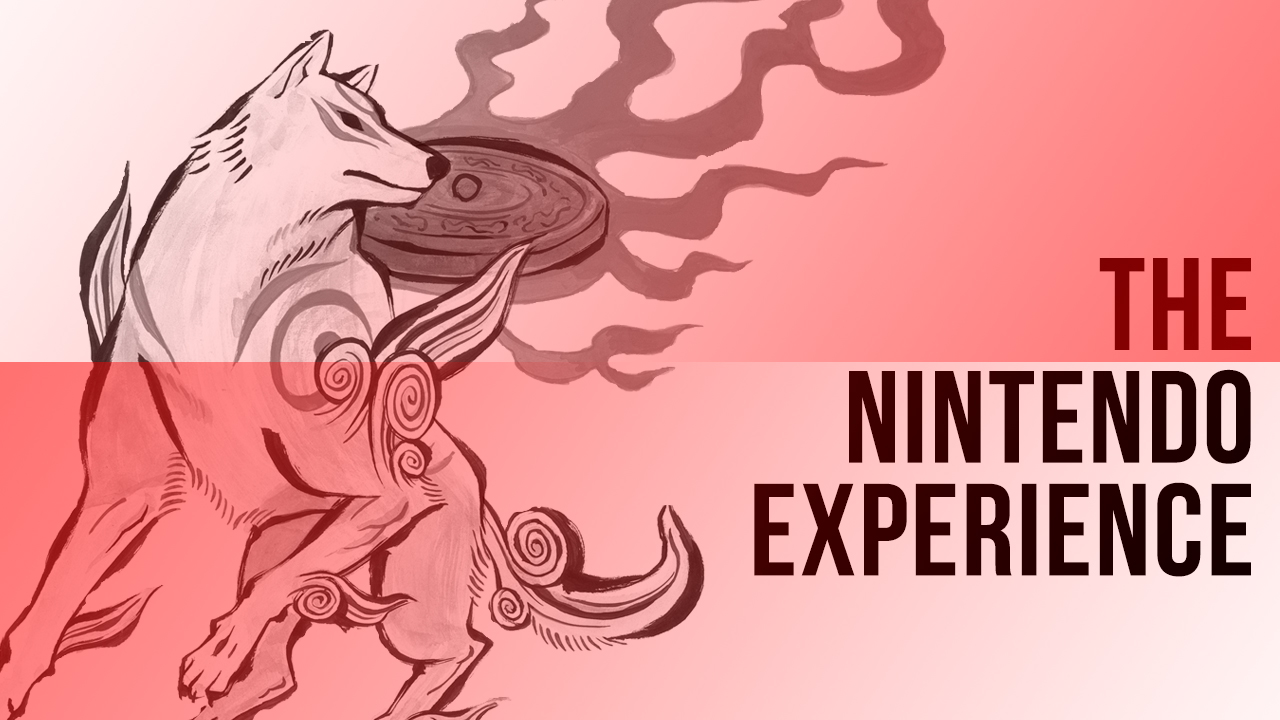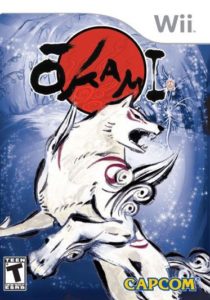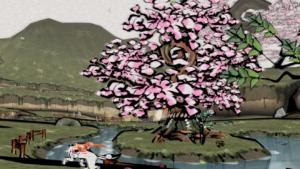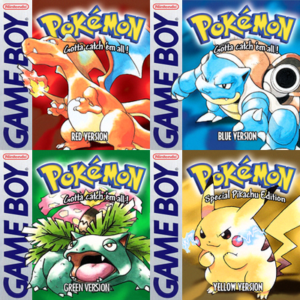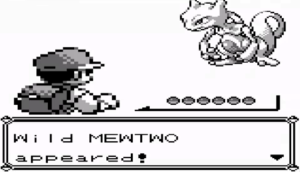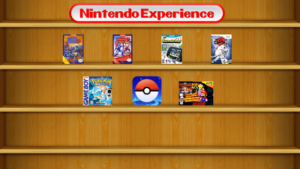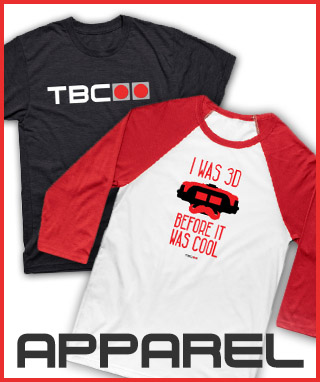
With Nintendo Labo announced, something that is sure to change the way we view how video games control, I find it appropriate to look back on some of the times that Nintendo flipped game control on its head. Now, obviously, not every time Nintendo ventures into an unexplored frontier is a smashing success, but they are usually the only company “daring” enough to branch out as far as they do. Games like WarioWare: Twisted, Kirby’s Tilt ‘n’ Tumble, and 1-2-Switch brought a whole new dimension to gaming that took the geniuses from the Big N to complete. Today, I will be adding three new games to the Nintendo Experience that challenged the boundaries of what it meant to be “in control”. (If you are not sure what the “Nintendo Experience” is, check out the previous blog posts).
Donkey Konga was Nintendo’s attempt at jumping into the (then-budding) rhythm genre. It was a little more entry-level than staples like Dance Dance Revolution or Guitar Hero, a little more immersive than Parappa the Rapper, and, of course, containing that Nintendo charm. Overall, it was an average game with mediocre covers of classic songs, but it did give birth to the DK Bongo peripheral. Once you had enough of Donkey Konga and its sequel (and tried it out on Smash Bros.), there did not seem to be much use for the hunk of plastic; I mean, if you consider the size-to-button ratio, you are losing the space-saving-game.
Donkey Kong Jungle Beat (GameCube)
Leave it to Nintendo to make a deep, compelling platformer that only uses two buttons. Consumers had the option to buy the whole package, including the bongos, or just the disc if you had the bongos already (you could also play it with the normal GameCube controller, but where’s the fun in that?). This game was fantastic, and is a must-play for fans of Nintendo that want that truly unique hybrid experience.
Wii Sports (Wii)
What more can I say about Wii Sports than has already been said? Motion controls may not have turned out how we thought they would (only seeing wide application currently paired with VR or AR), but it was really nothing before Wii Sports. Now, it is true that there was motion control games before Wii Sports, and that the Wiimote was not 1:1 like we (at least, I) thought, but from the first time I picked up this game, my view of what video games could be was never the same. I do not think I need to elaborate too much further, as I can almost be certain that everyone reading this blog has either played this or, at least, its sequel, Wii Sports Resort, and had a similar life-altering experience.
Metroid Prime 3: Corruption (Wii)
Just as Twilight Princess rolled the dice with motion controls in a beloved Nintendo franchise, Metroid Prime 3 similarly pioneered how the Wiimote would handle first person shooters. Other FPS’s had released on the Wii by the time Prime 3 was released, but those could not be compared to what Corruption brought to the table: not in genre, and certainly not in successful execution. In fact, Prime 3 controlled so great that Nintendo decided to re-release all three games of the trilogy with the new Wiimote controls. The world it created and the story it tells are fantastic as well, but the way Samus controls in the new age was forever revolutionized by this fantastic piece of Nintendo history.
These are just a few examples of Nintendo’s abstractly-controlled masterpieces. What are some of your favorites? The Nintendo Experience continues to grow…










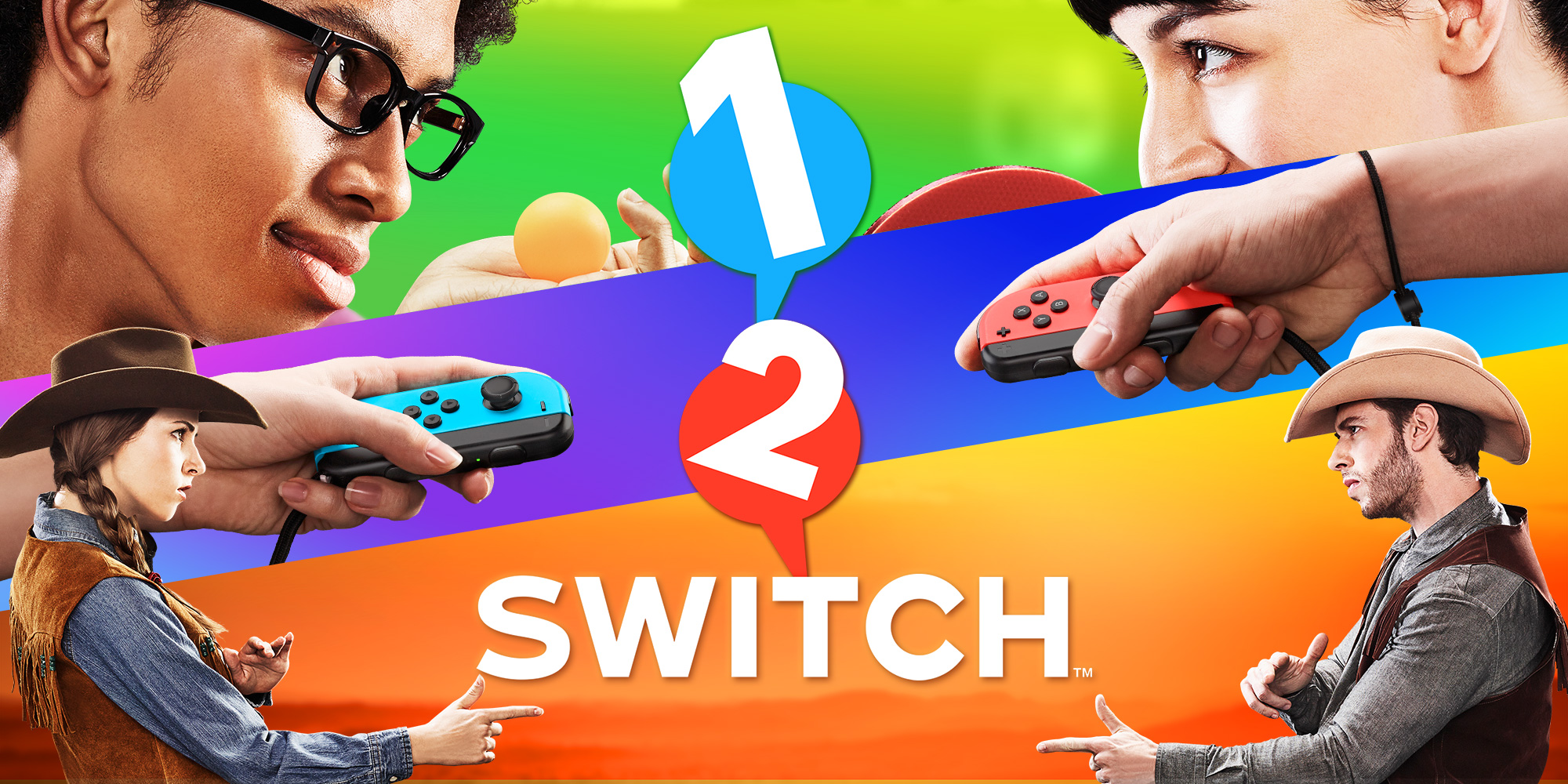

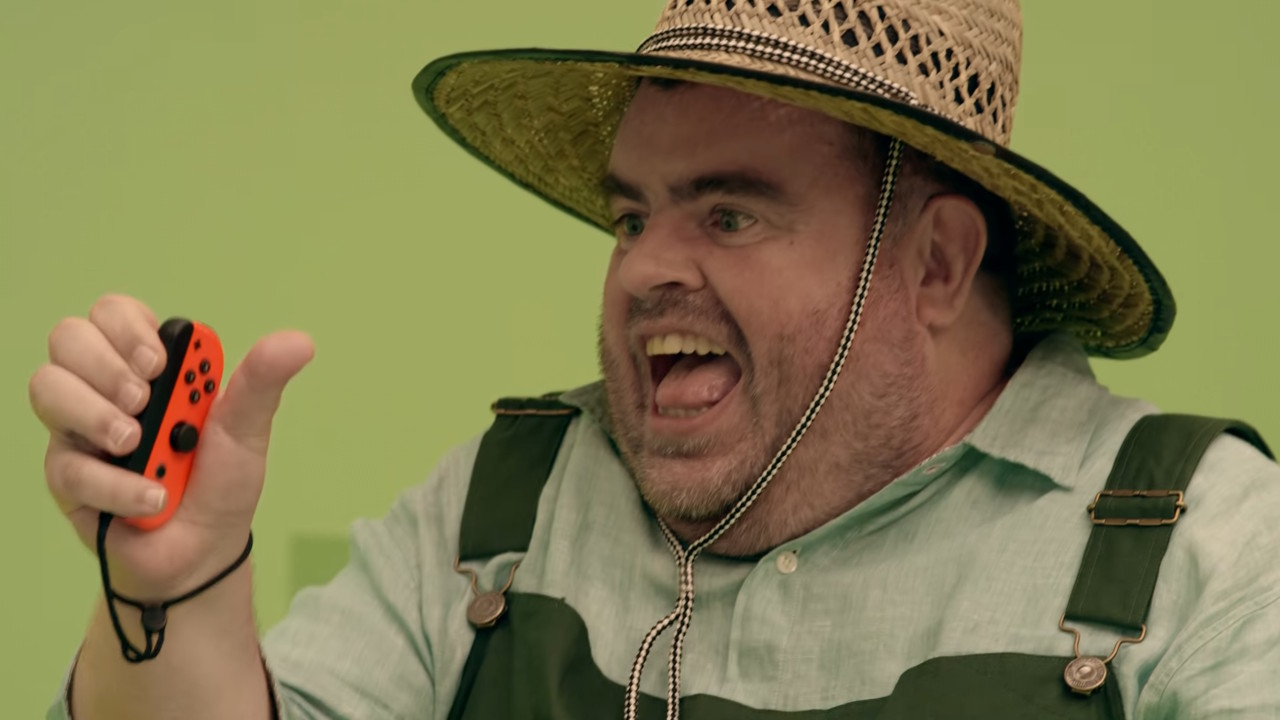
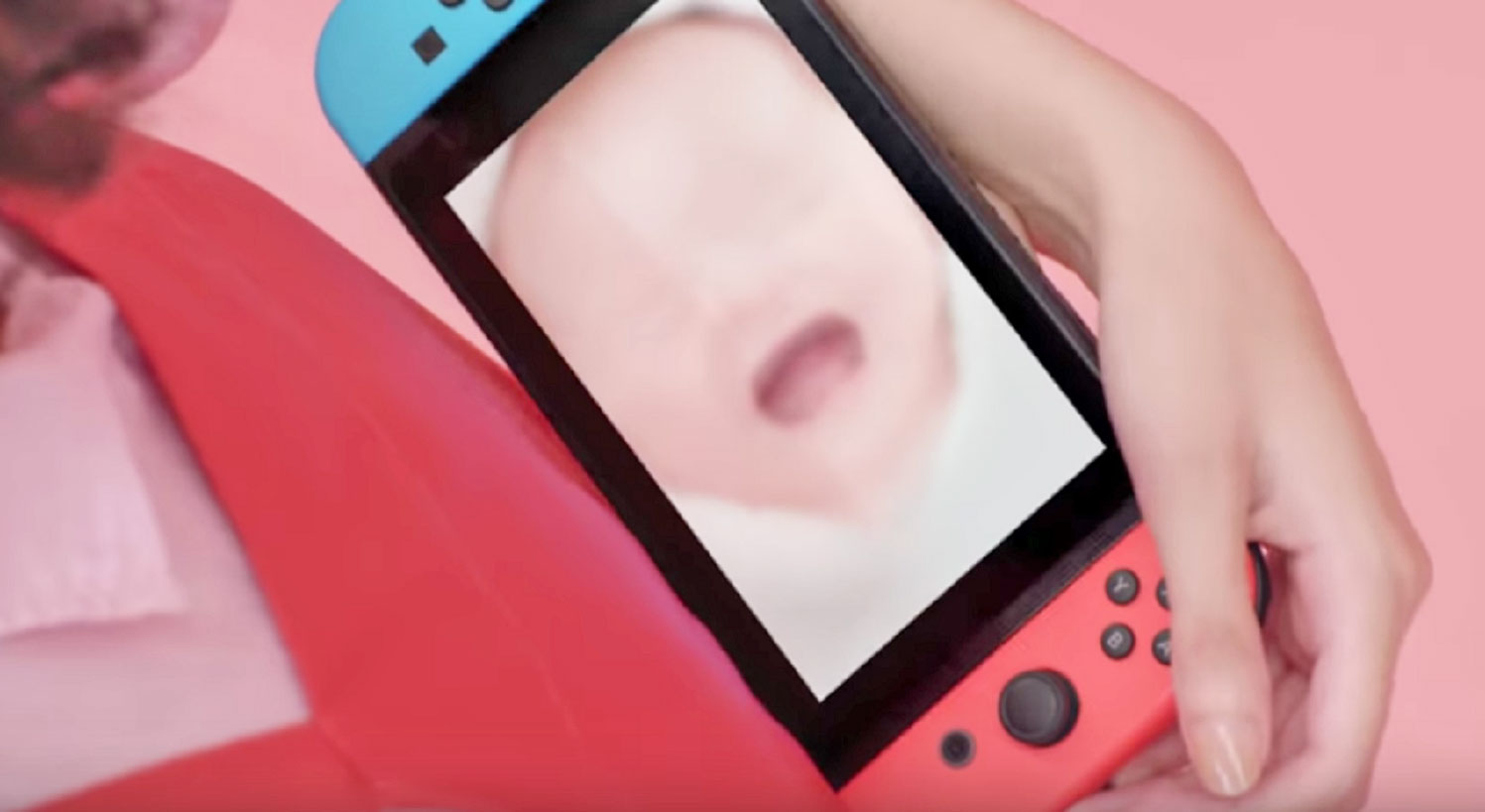






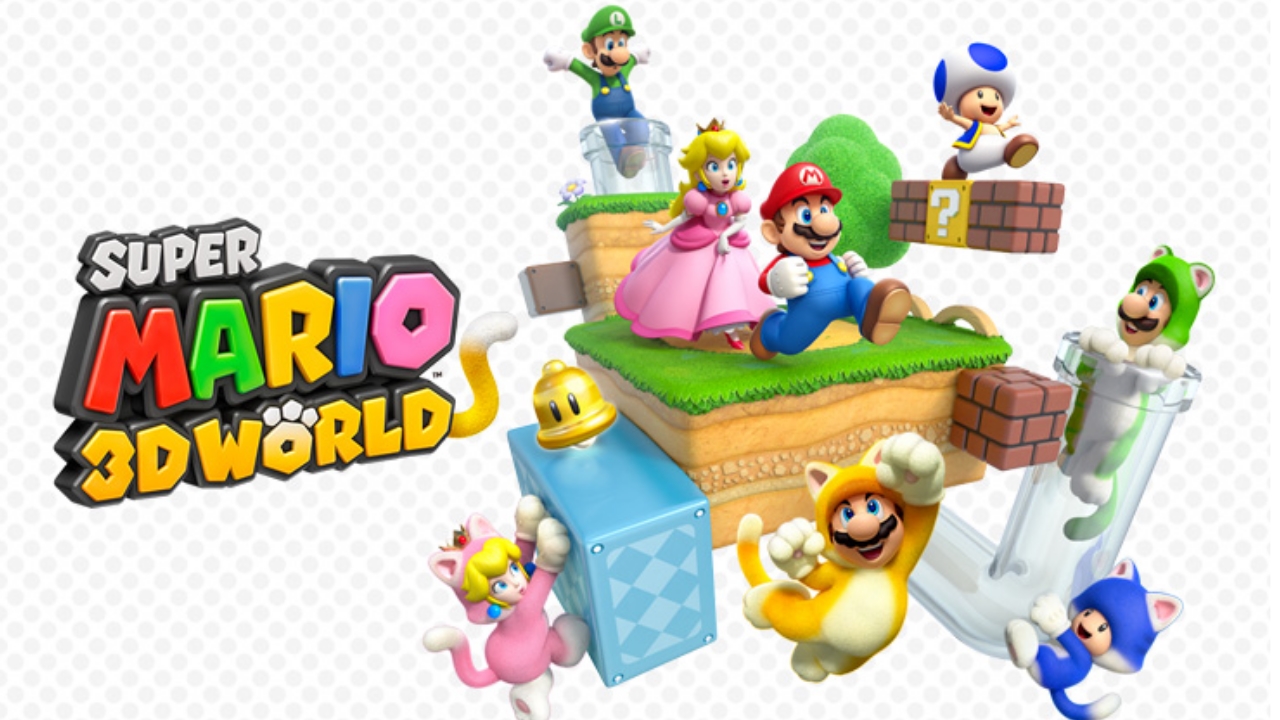

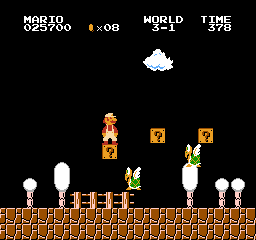
.png)

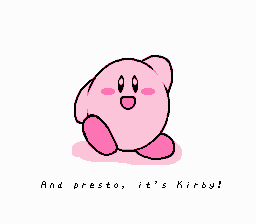
-10.jpg)
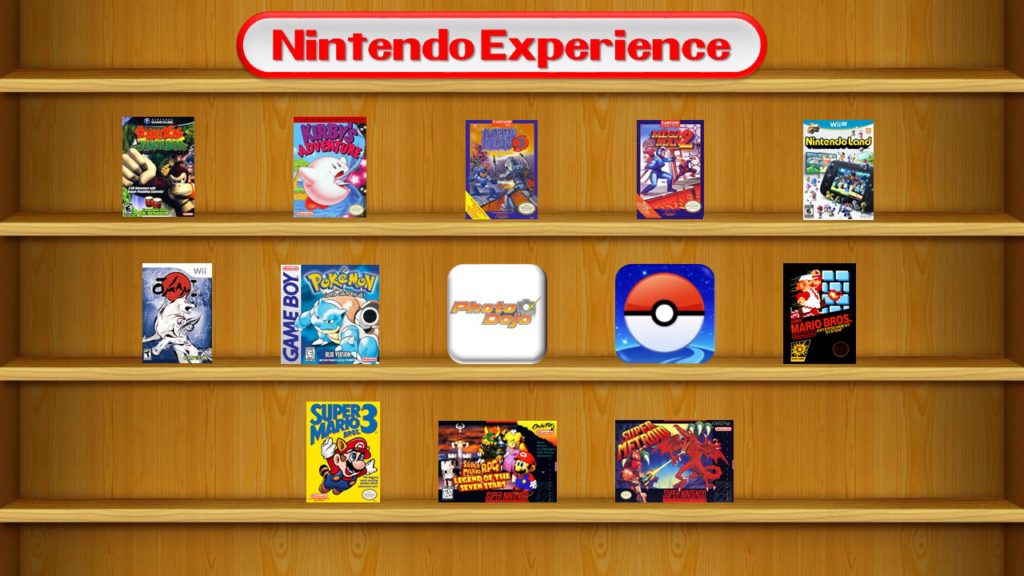

_(En,Fr,De)-14.jpg)

